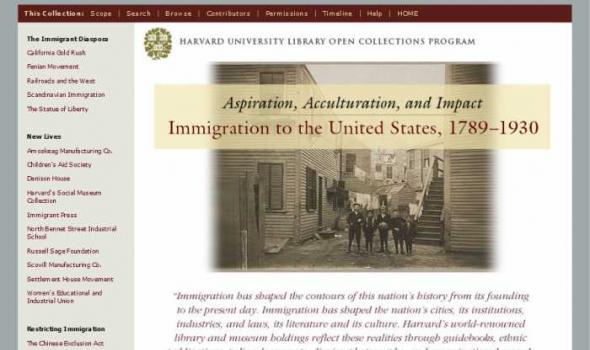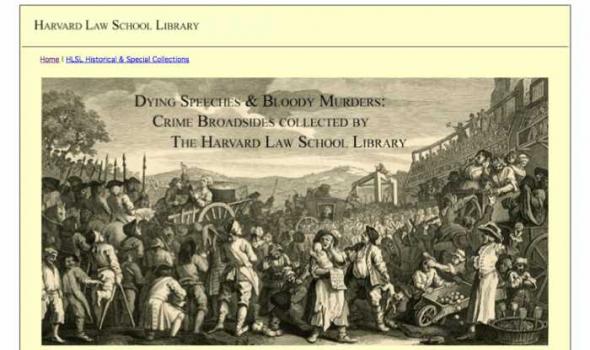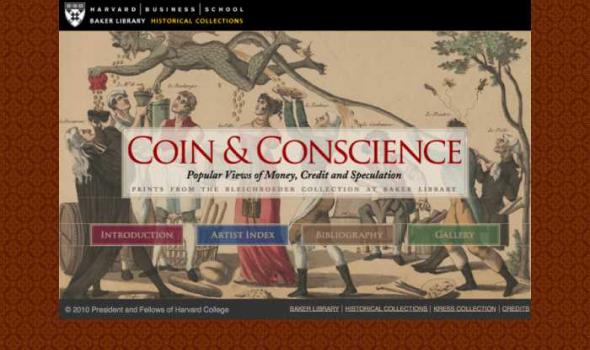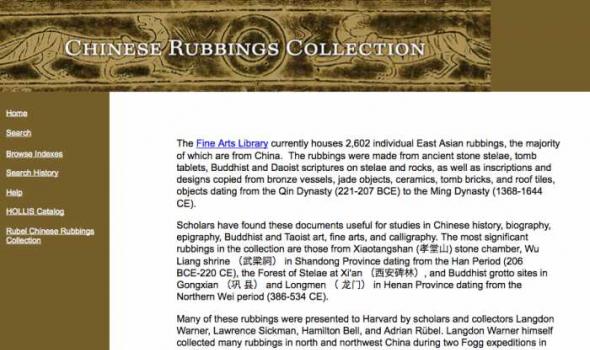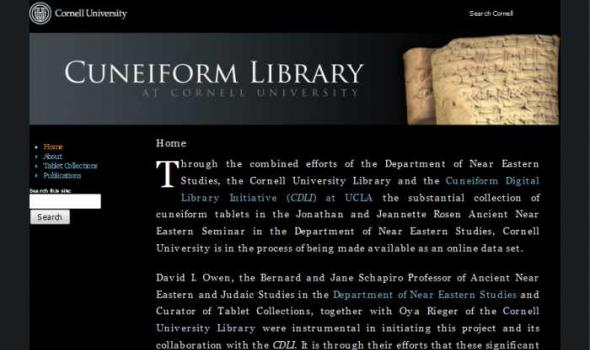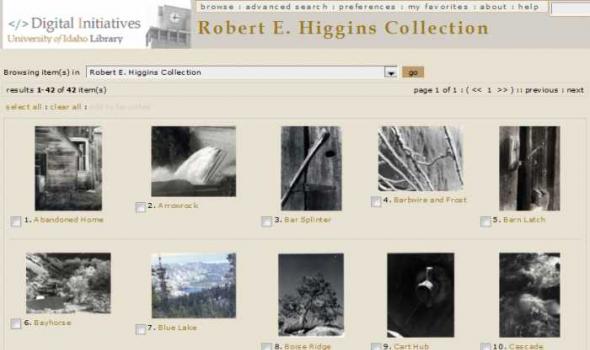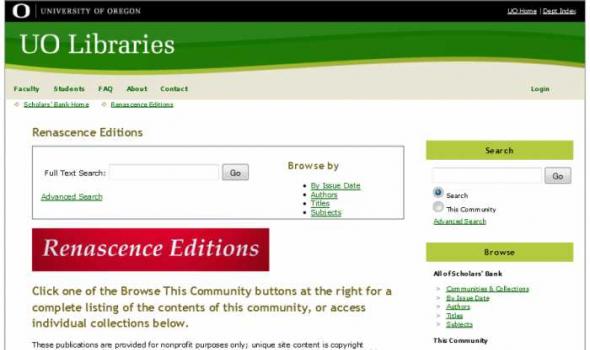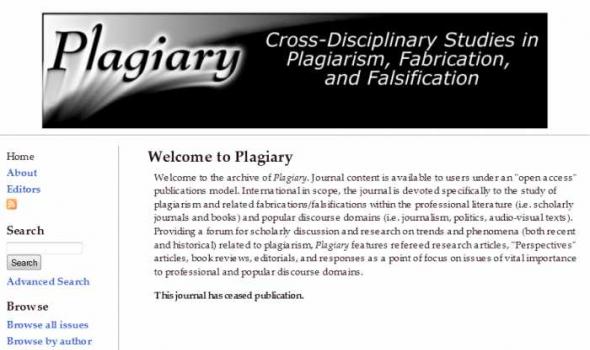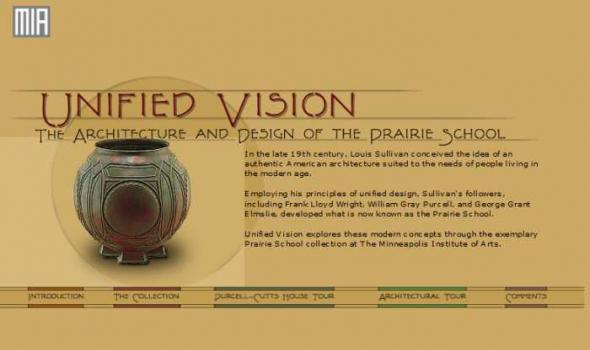Category: Social Sciences, Image, Massachusetts
Results
Immigration to the United States, 1789-1930 , is a web-based collection of historical materials from Harvard's libraries, archives, and museums that documents voluntary immigration to the United States from the signing of the Constitution to the onset of the Great Depression. Concentrating heavily on the 19th century, Immigration to the US includes over 400,000 pages from more than 2,200 books, pamphlets, and serials, over 9,600 pages from manuscript and archival collections, and more than 7,800 photographs. By incorporating diaries, biographies, and other writings capturing diverse experiences, the collected material provides a window into the lives of ordinary immigrants.
The fourth in a series of online collections from Harvard University, Expeditions and Discoveries delivers maps, photographs, and published materials, as well as field notes, letters, and a unique range of manuscript materials on selected expeditions between 1626 and 1953. The collection is made possible with the generous support of the Arcadia Fund . In the 19th and 20th centuries, Harvard University played a significant role—as underwriter, participant, collector, and repository—for pace-setting expeditions around the world. For Internet users, Expeditions and Discoveries provides selective access to Harvard’s multidisciplinary records of those expeditions.
Just as programs are sold at sporting events today, broadsides -- styled at the time as "Last Dying Speeches" or "Bloody Murders" -- were sold to the audiences that gathered to witness public executions in eighteenth- and nineteenth-century Britain. These ephemeral publications were intended for the middle or lower classes, and most sold for a penny or less. Published in British towns and cities by printers who specialized in this type of street literature, a typical example features an illustration (usually of the criminal, the crime scene, or the execution); an account of the crime and (sometimes) the trial; and the purported confession of the criminal, often cautioning the reader in doggerel verse to avoid the fate awaiting the perpetrator.
Scope Daguerreotypes at Harvard provides access to over 3,500 daguerreotypes in libraries, museums, and archives across the University. The collection continues to grow as images are uncovered and new daguerreotypes are accessioned. The first publicly announced photographic medium, the daguerreotype process produced an image exquisite in its detail and tonal fidelity, and daguerreotypes remained popular throughout the 1840s and 50s. Together, Harvard holdings represent a collection of international significance and illustrate early uses of photography as a tool for artistic expression and scientific research in mid-19th-century America.
Introduction Online Exhibition In 1986, Baker Library issued an exhibition catalog titled Coin and Conscience: Popular Views of Money, Credit and Speculation: Sixteenth through Nineteenth Centuries. Catalog of an Exhibition of Prints from the Arnold and S. Bleichroeder Collection, Kress Library of Business and Economics, written by Ruth Rogers, then curator of the Kress Library at Baker Library. The images selected by Ms. Rogers for inclusion in the catalog represent the major thematic divisions of the Bleichroeder Collection , while also displaying its geographic and stylistic diversity. The publication provides introductory text, detailed descriptive information about seventy prints from the collection, an artist index, and a bibliography for further study.
The Fine Arts Library currently houses 2,602 individual East Asian rubbings, the majority of which are from China. The rubbings were made from ancient stone stelae, tomb tablets, Buddhist and Daoist scriptures on stelae and rocks, as well as inscriptions and designs copied from bronze vessels, jade objects, ceramics, tomb bricks, and roof tiles, objects dating from the Qin Dynasty (221-207 BCE) to the Ming Dynasty (1368-1644 CE).
